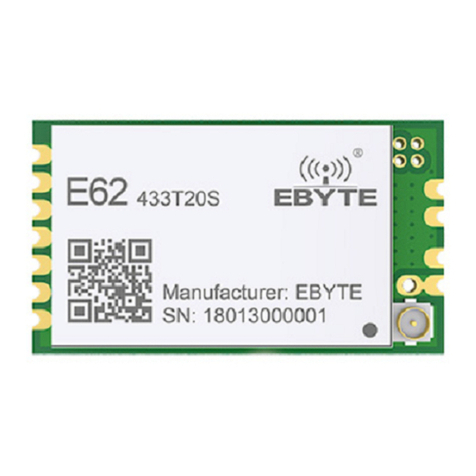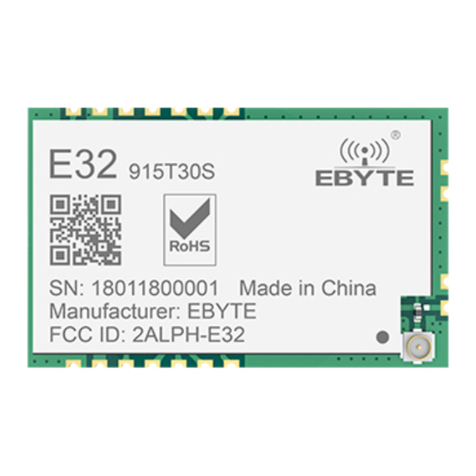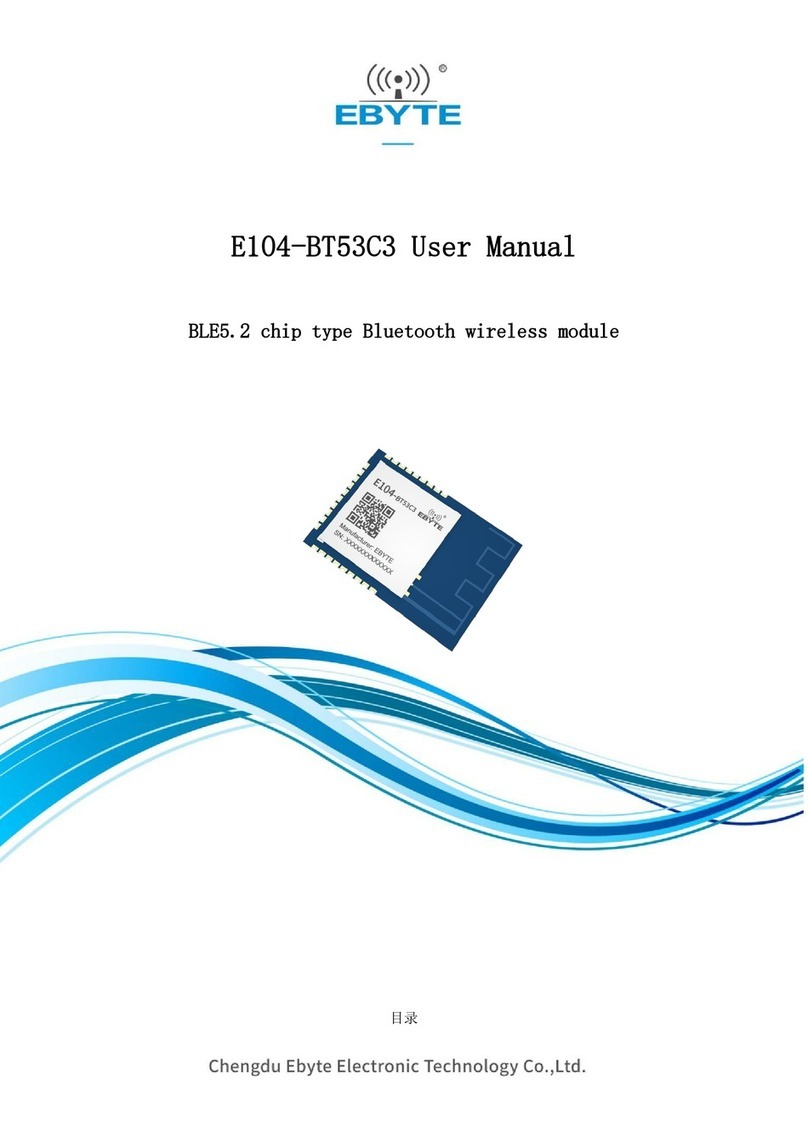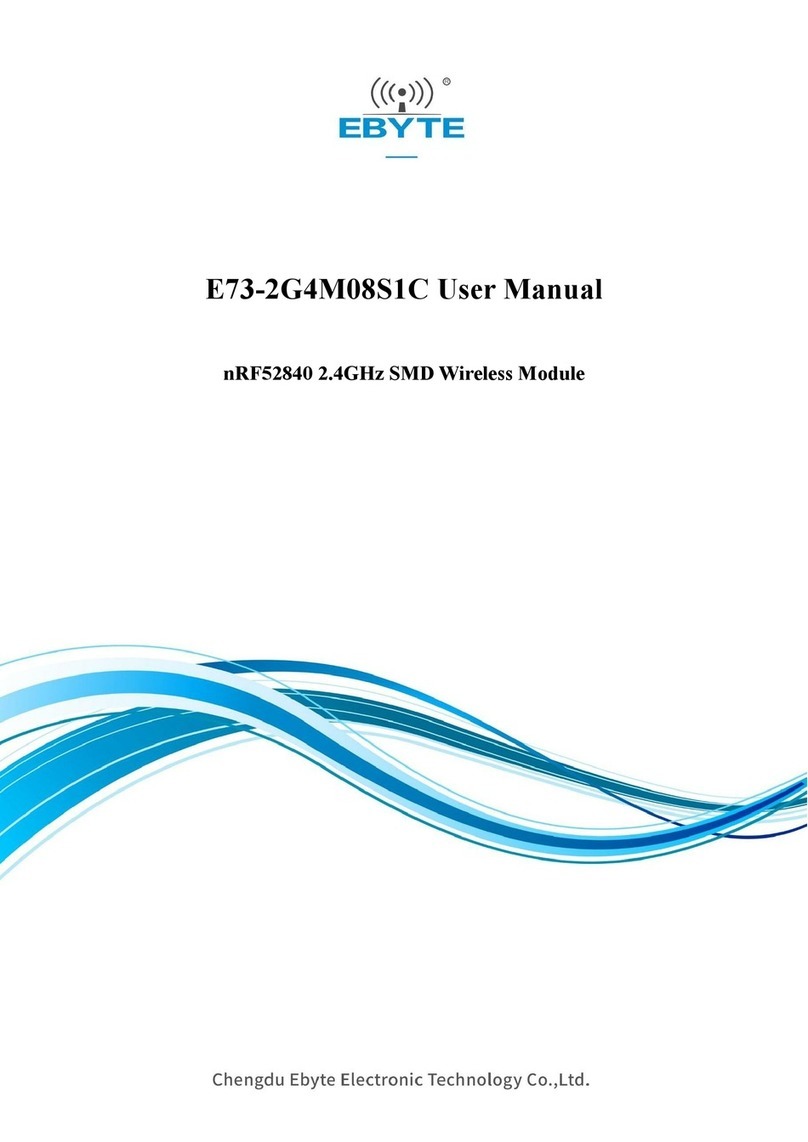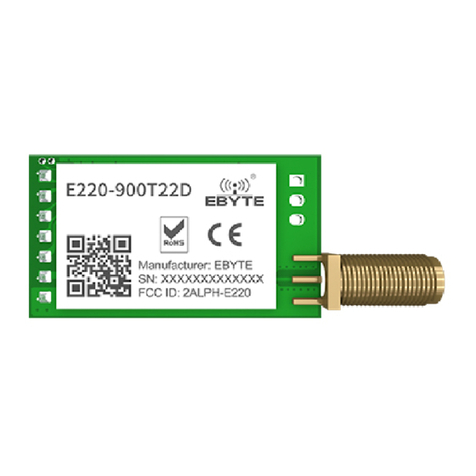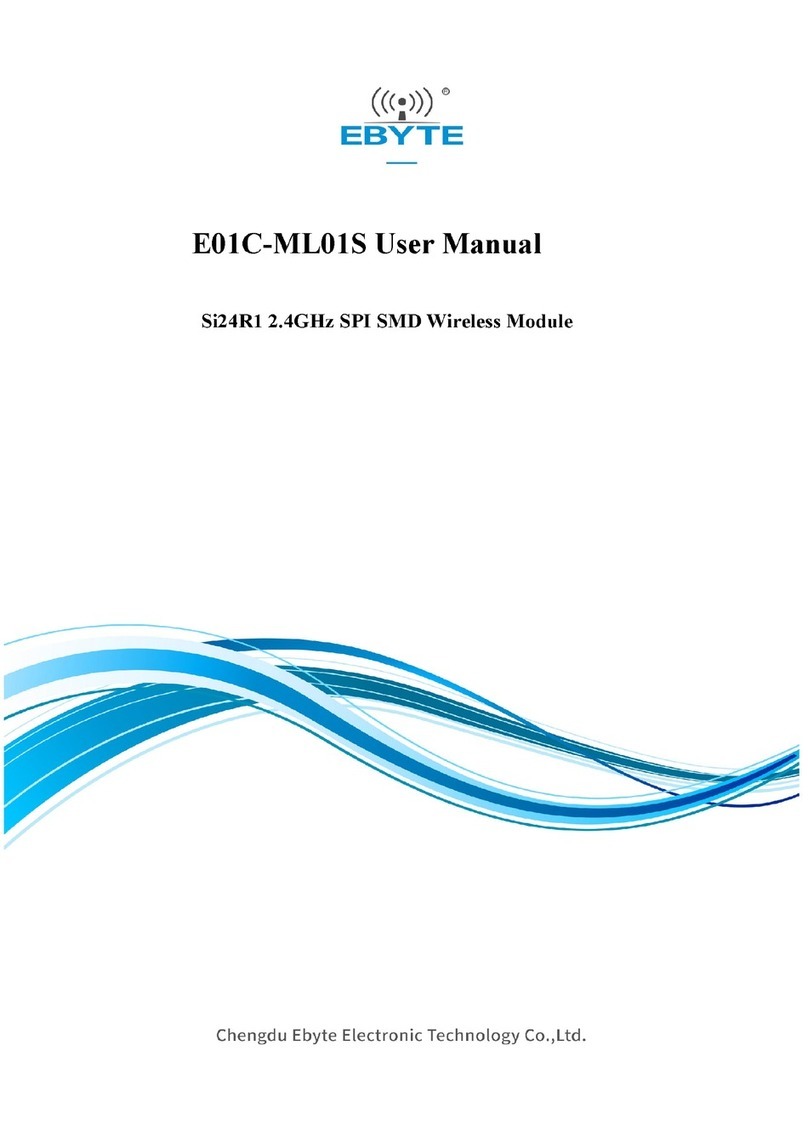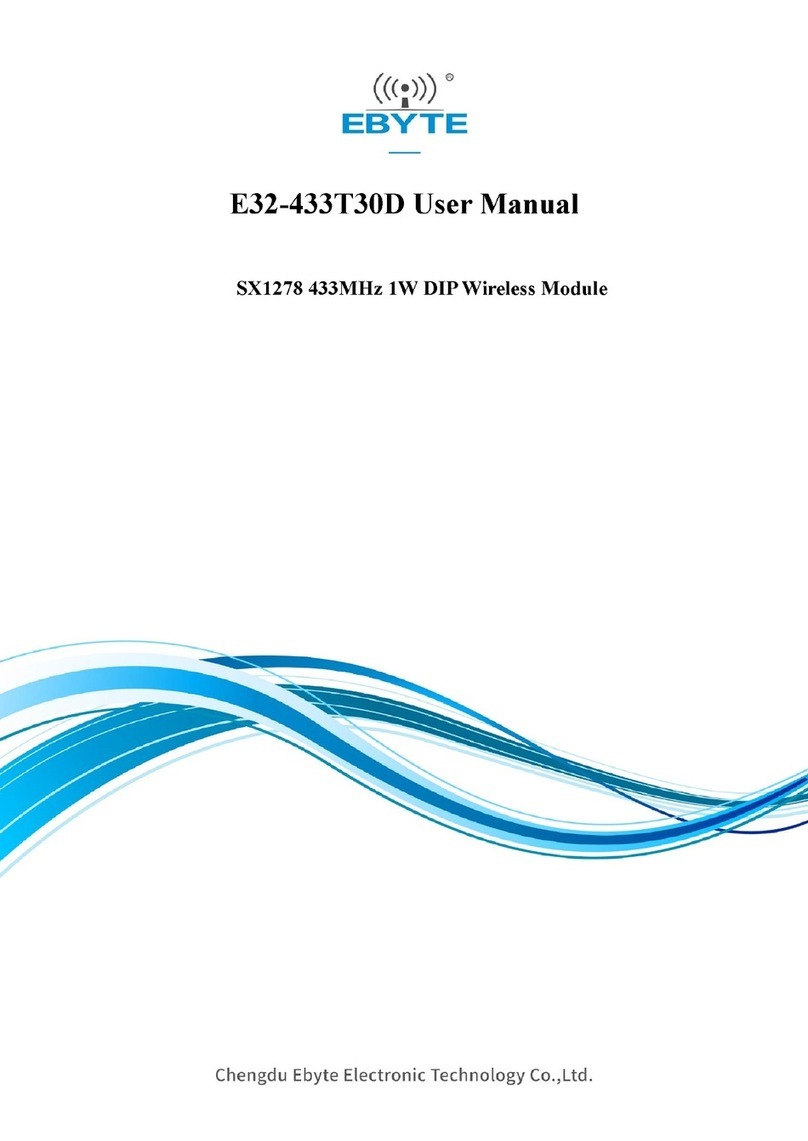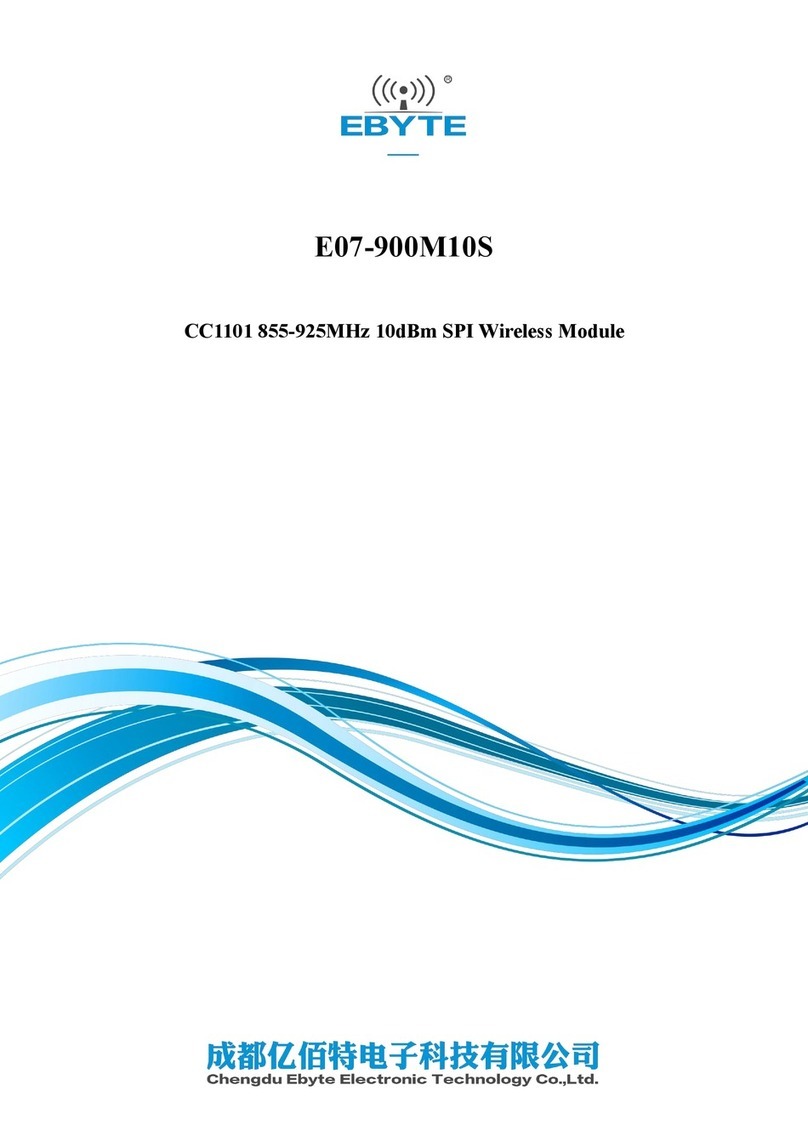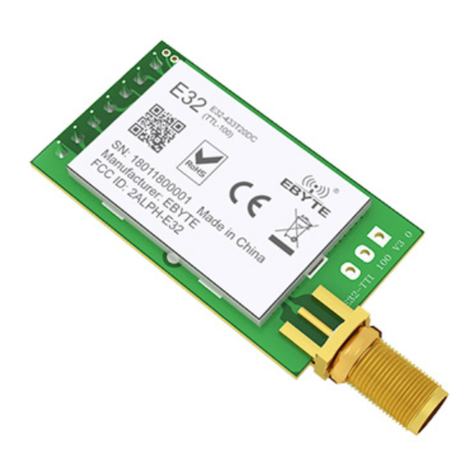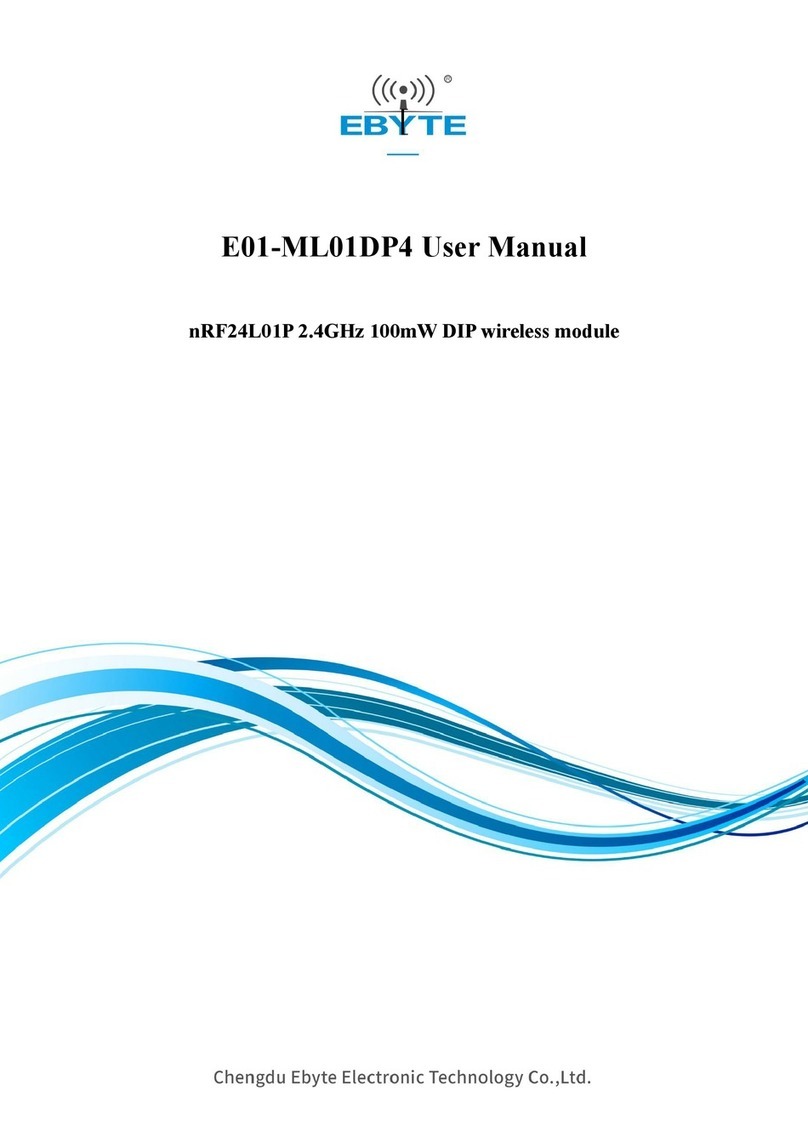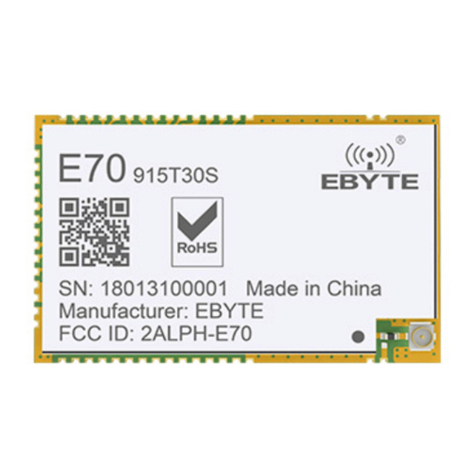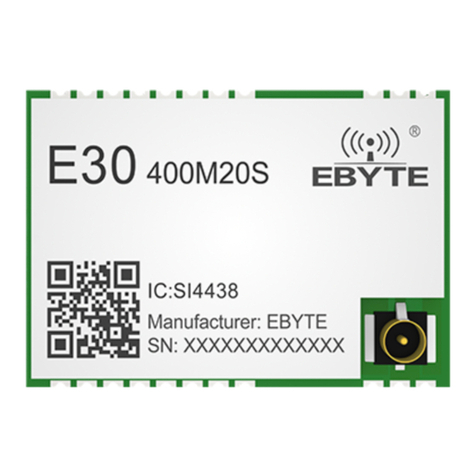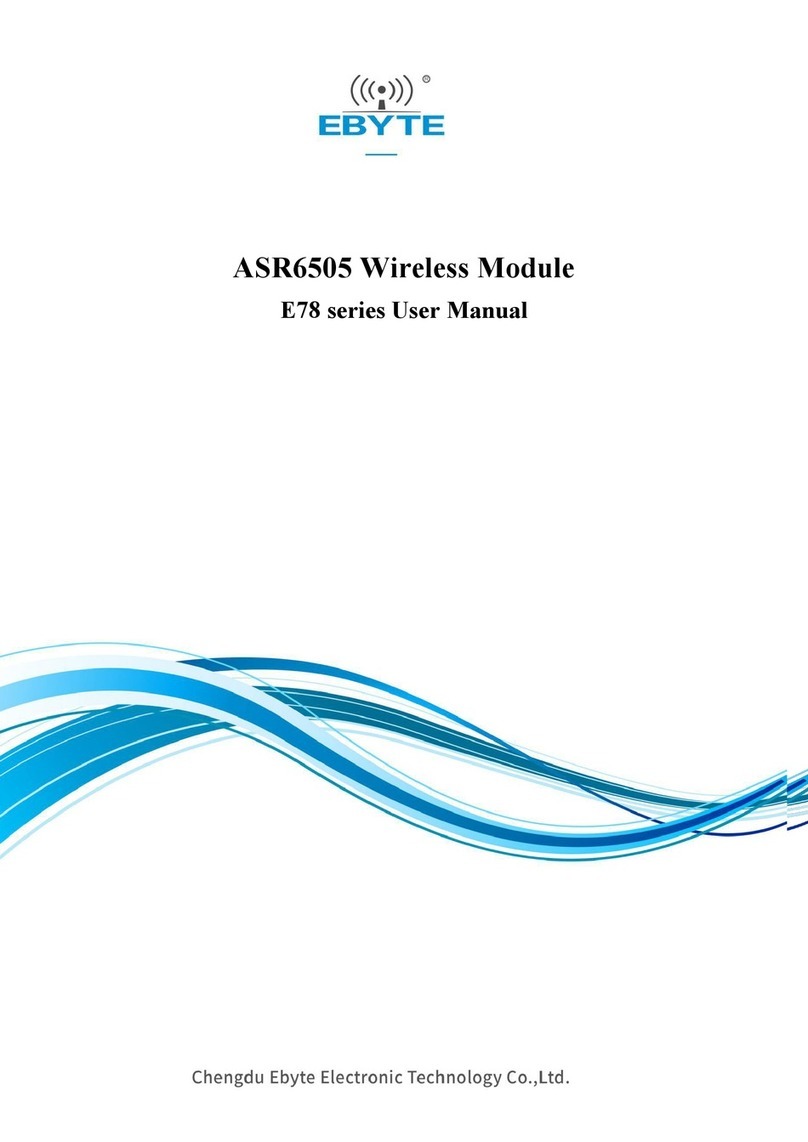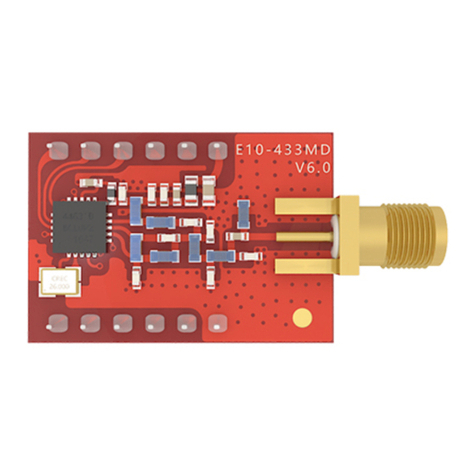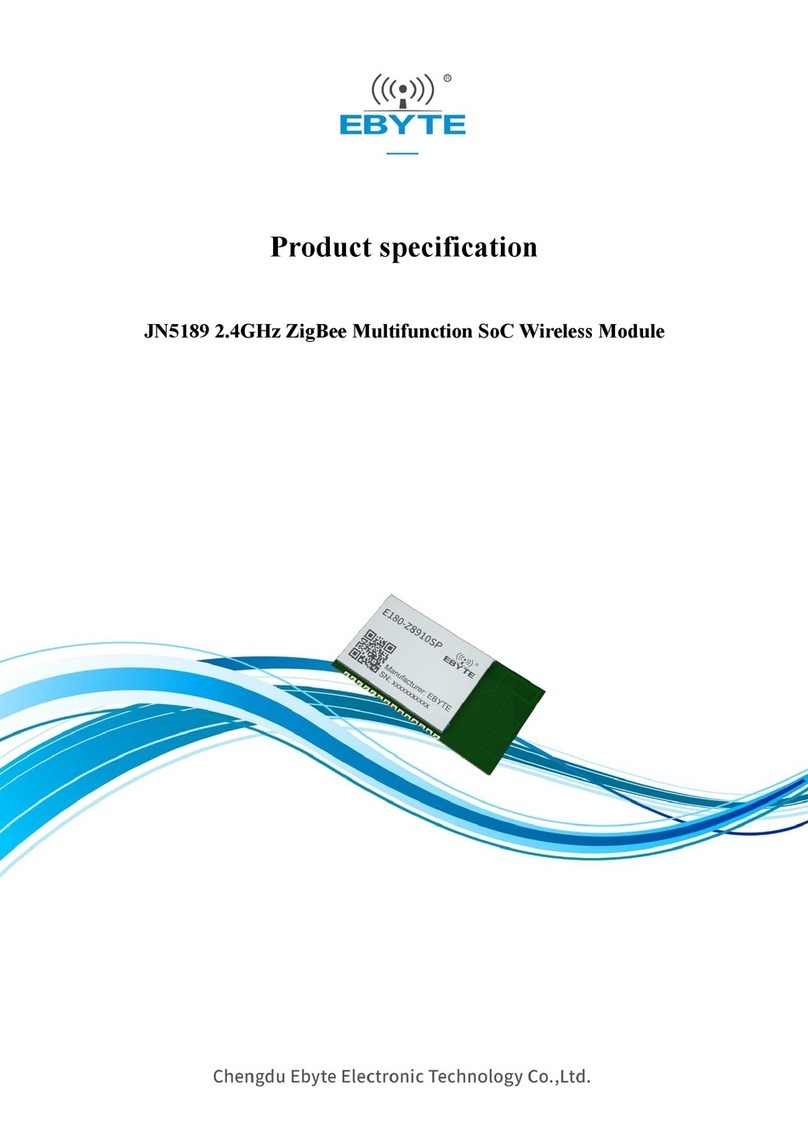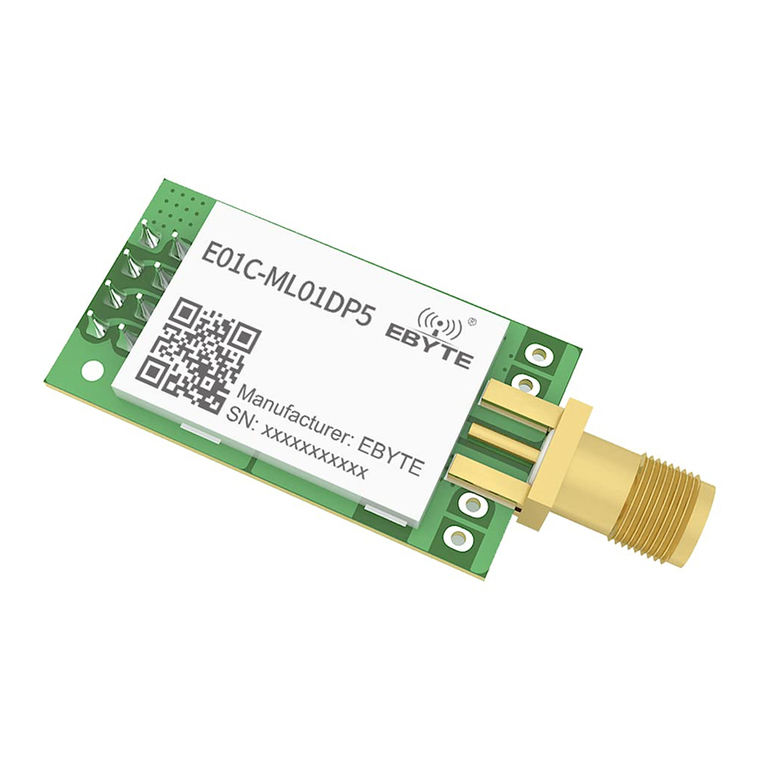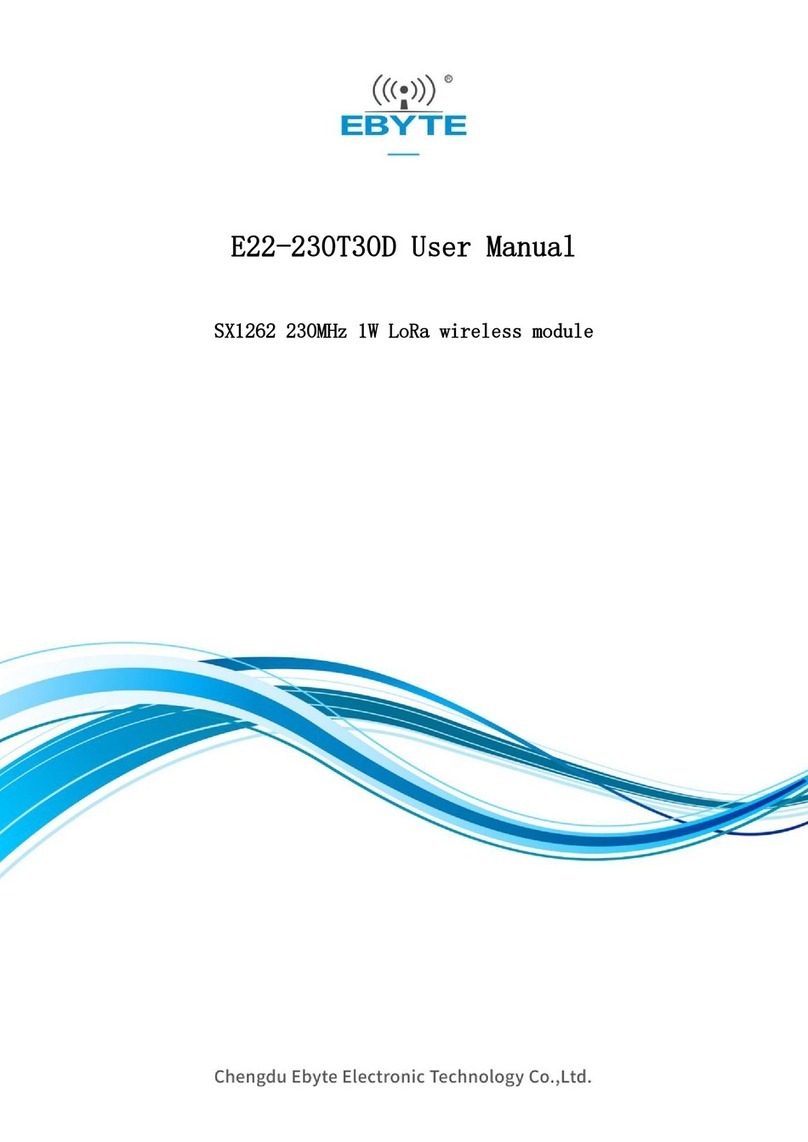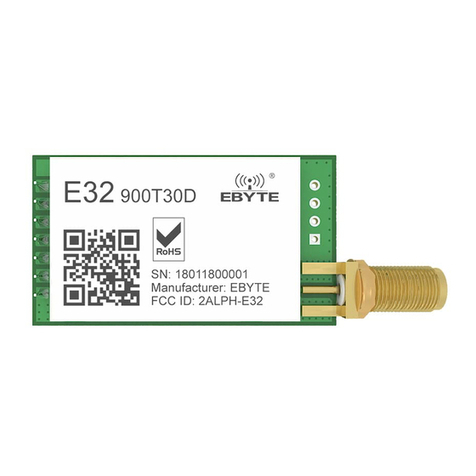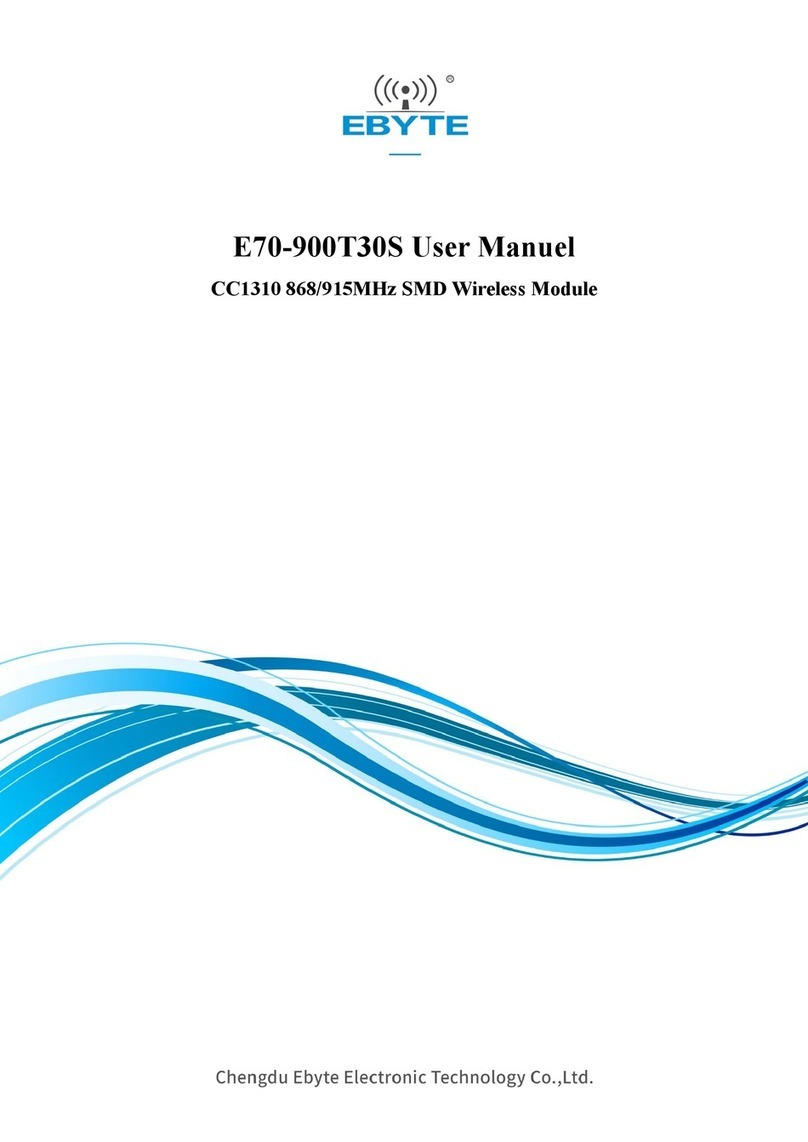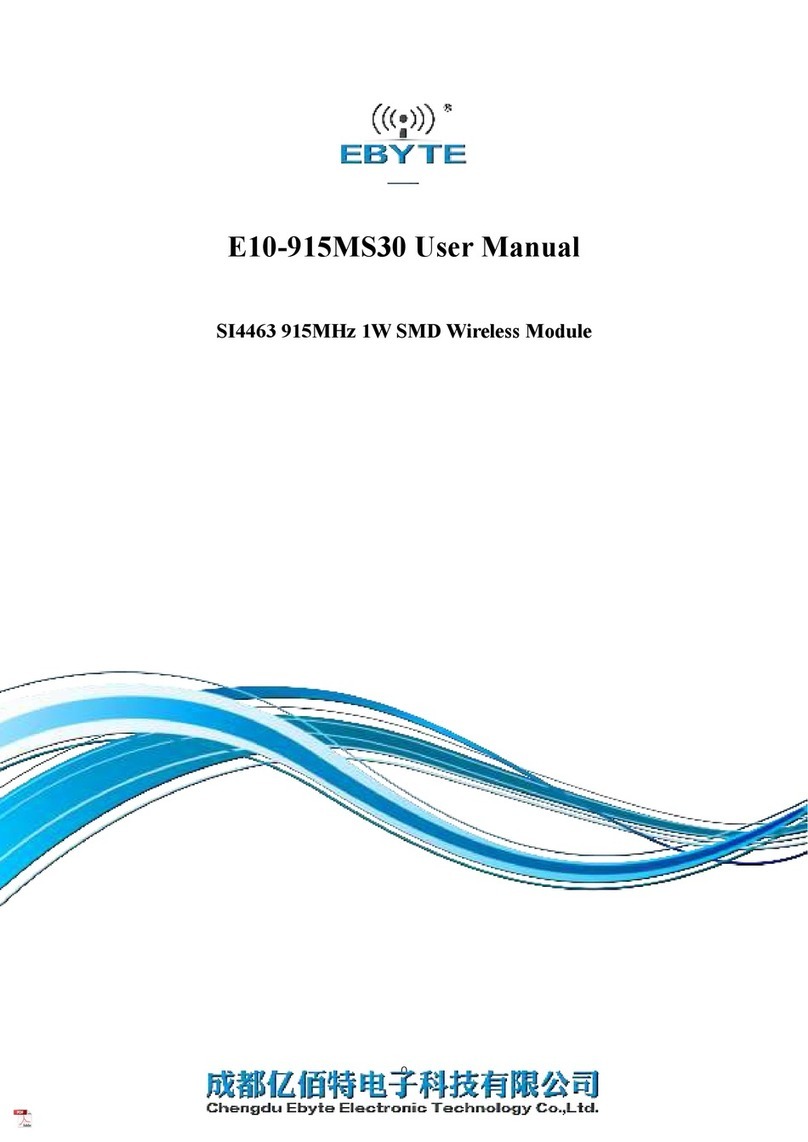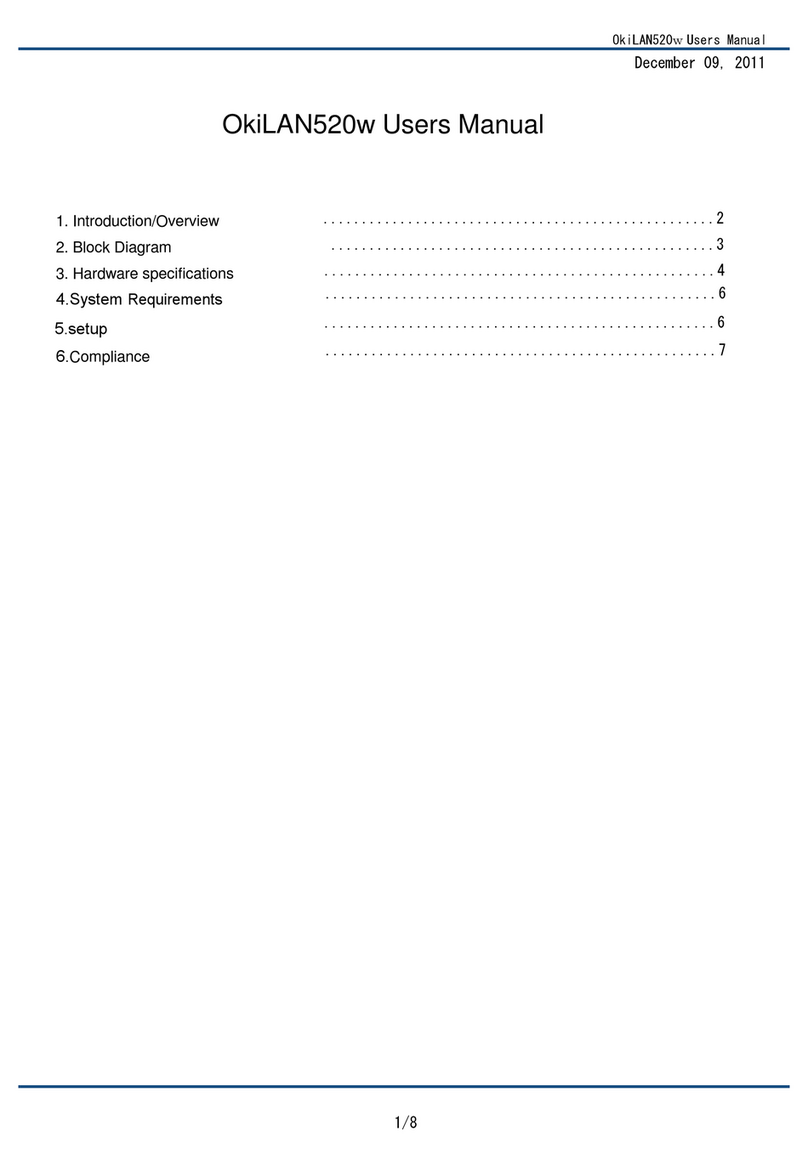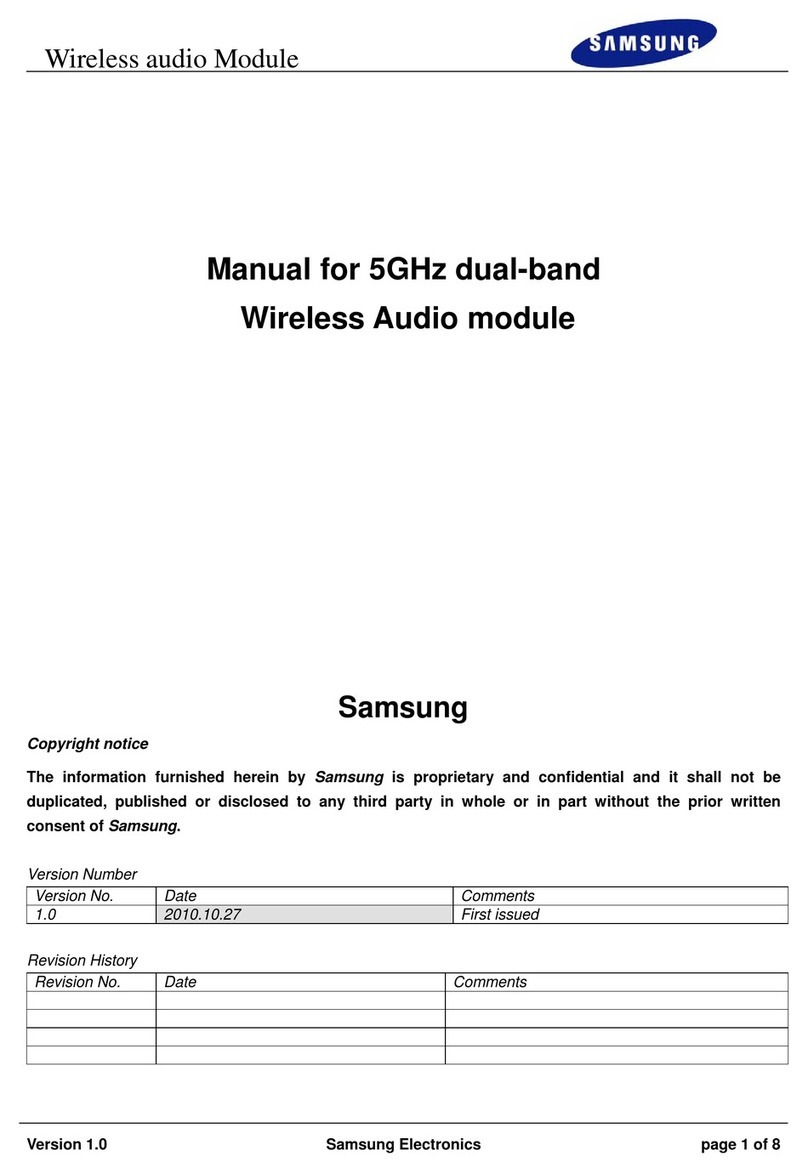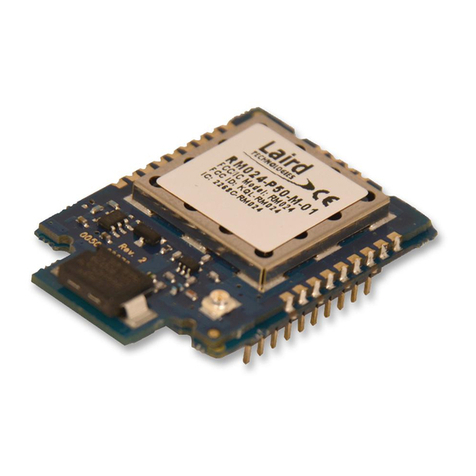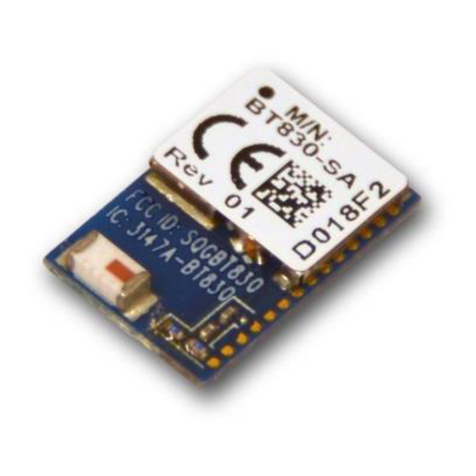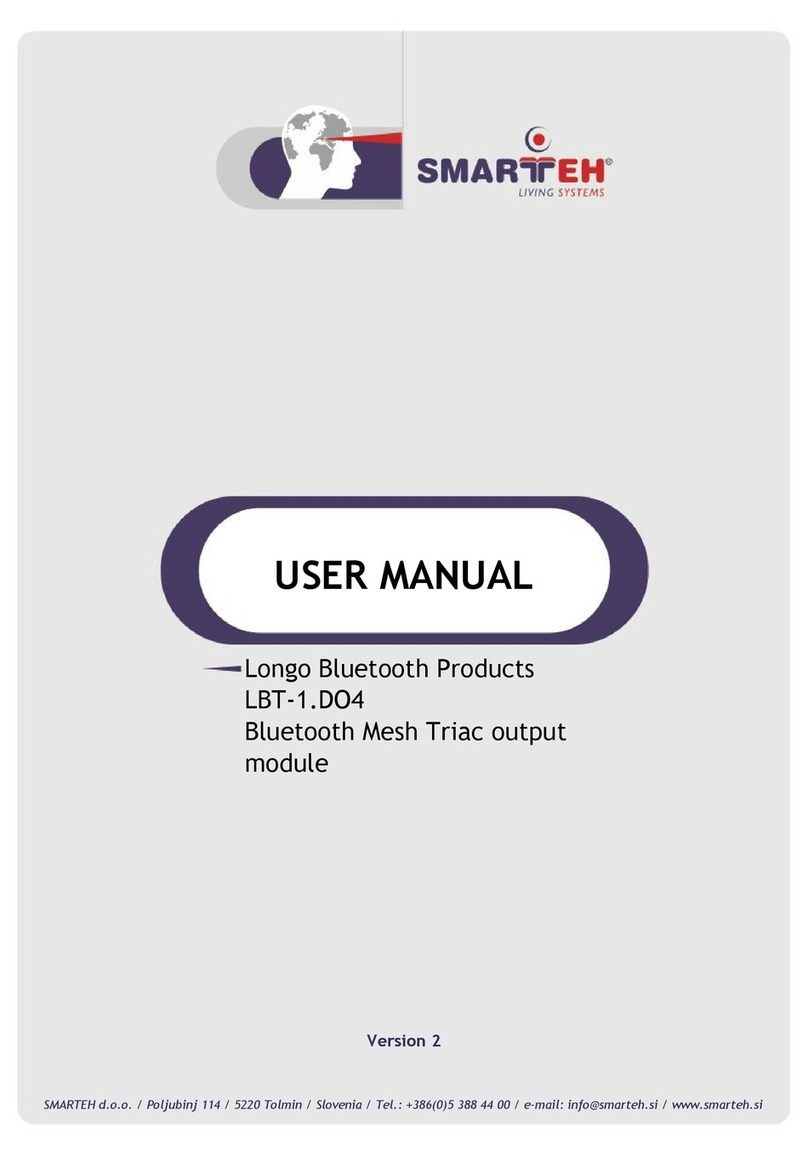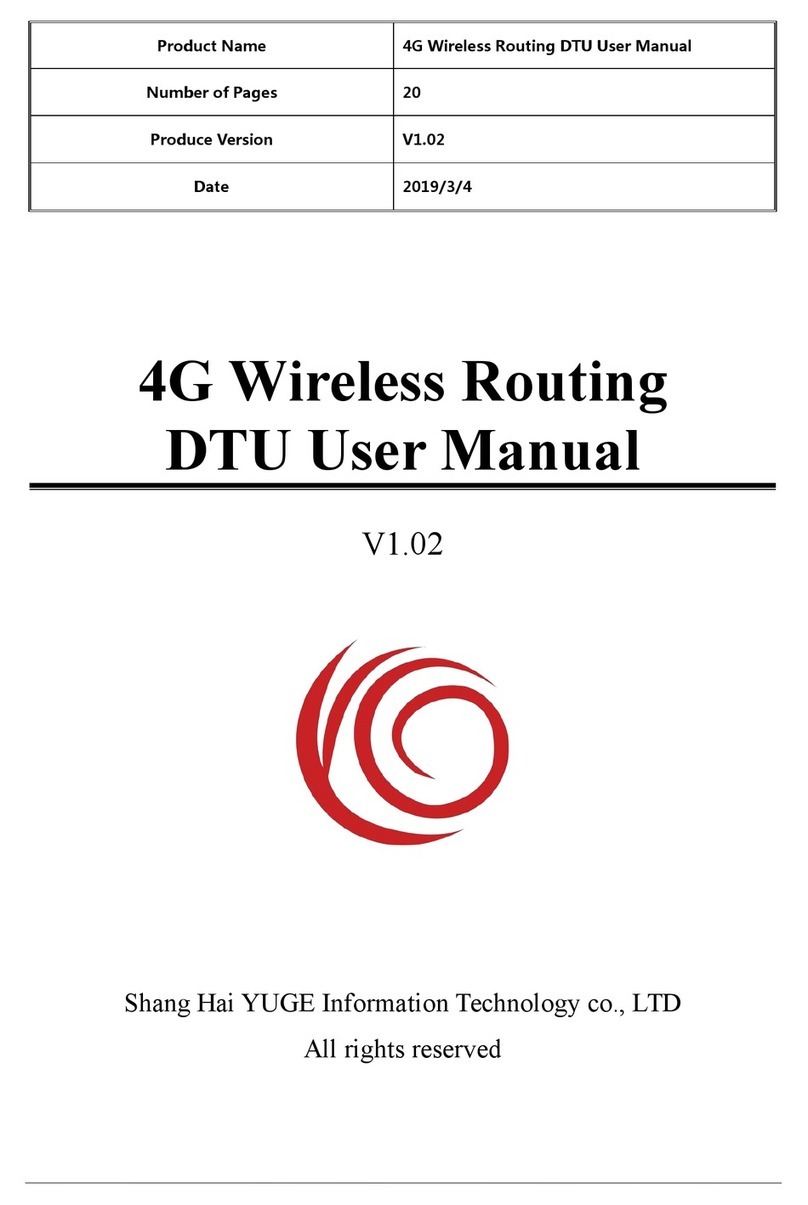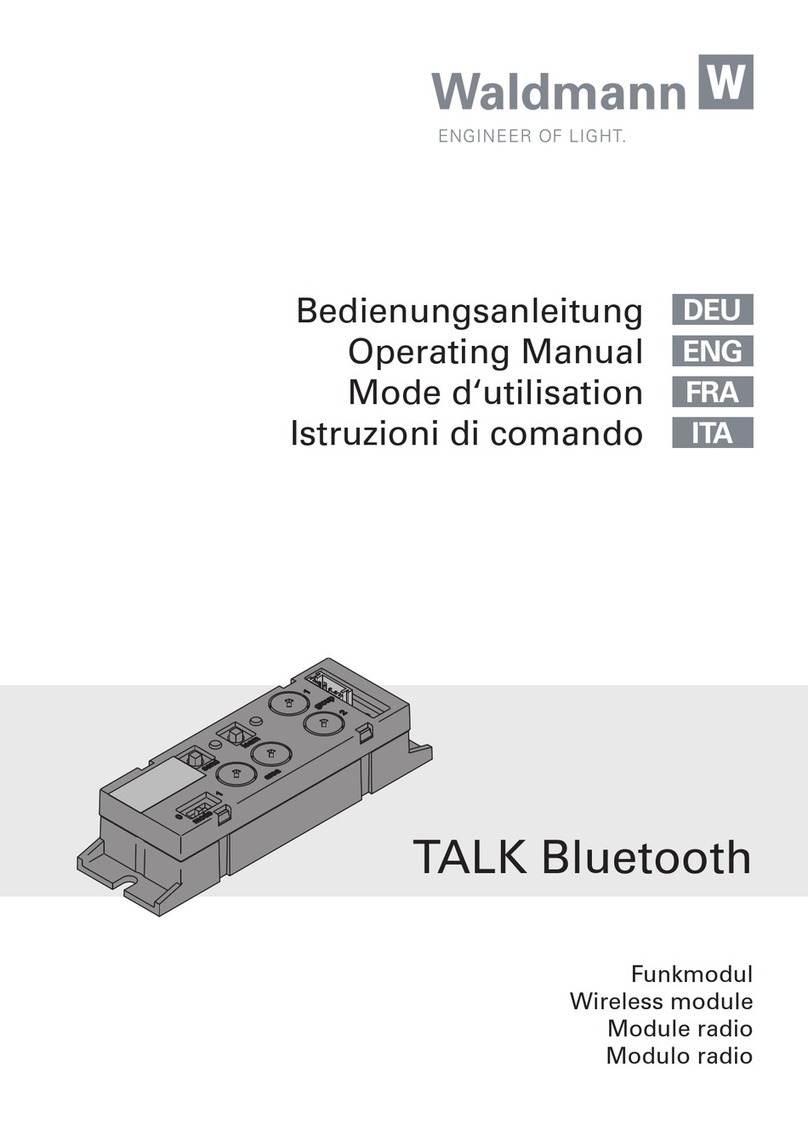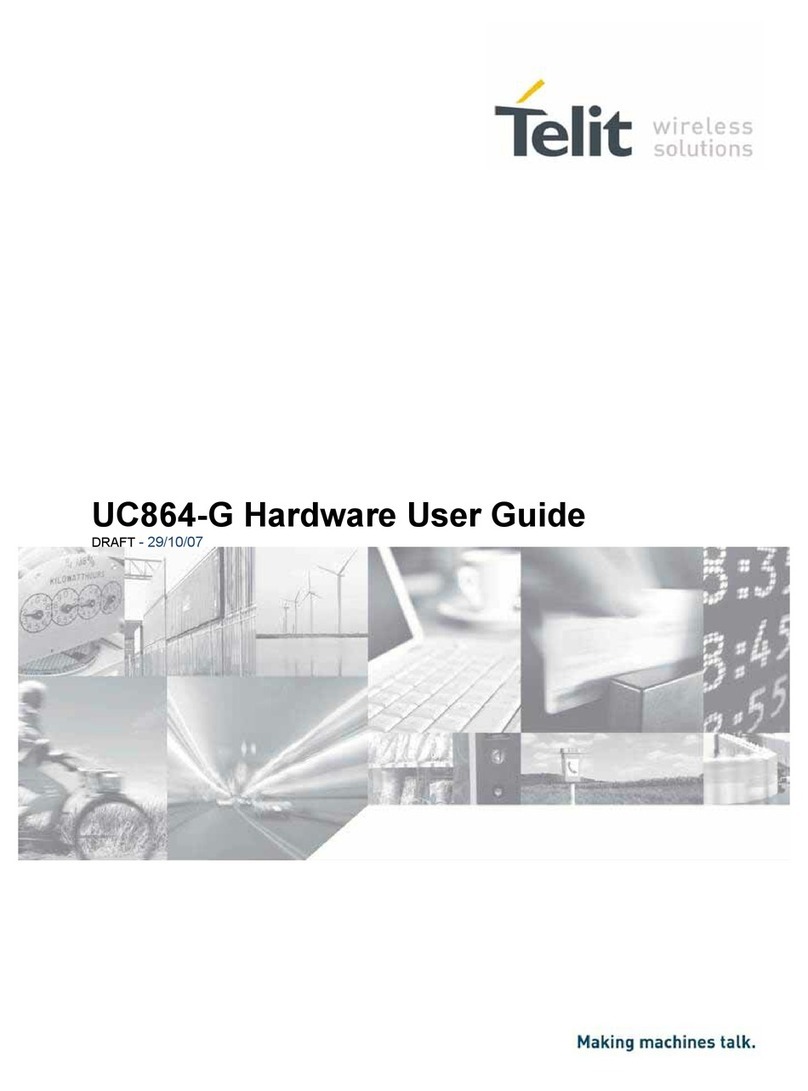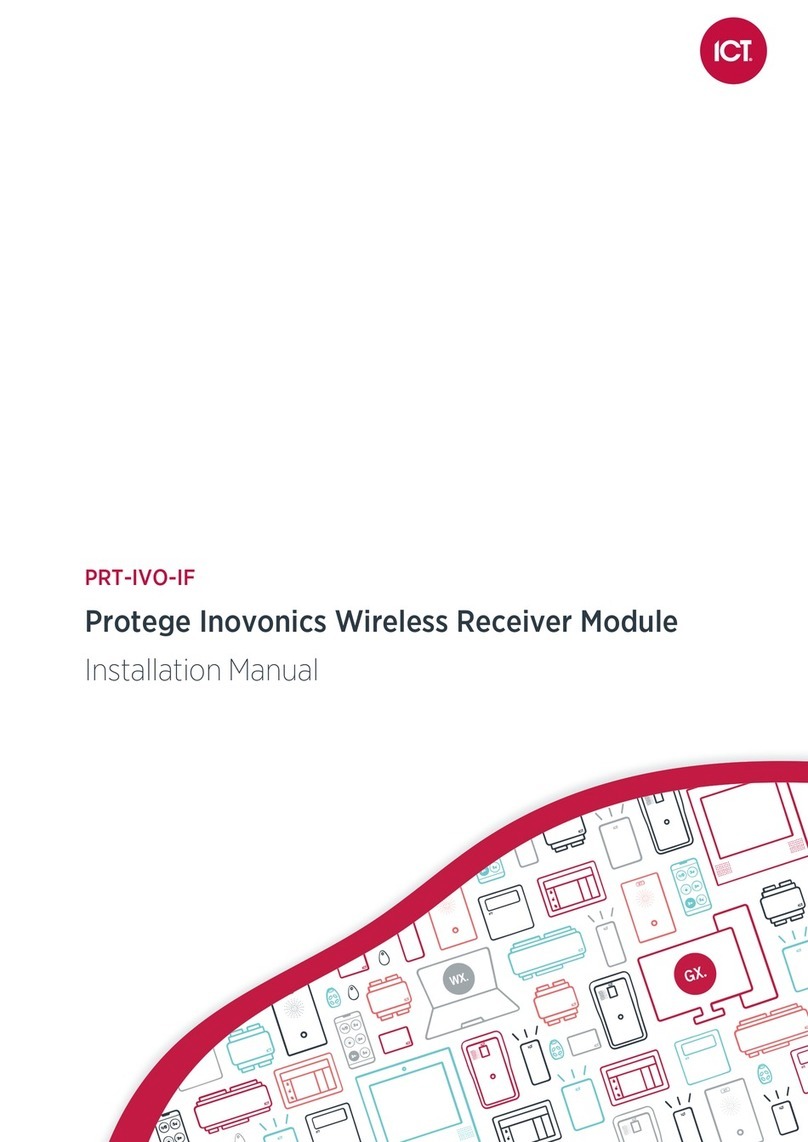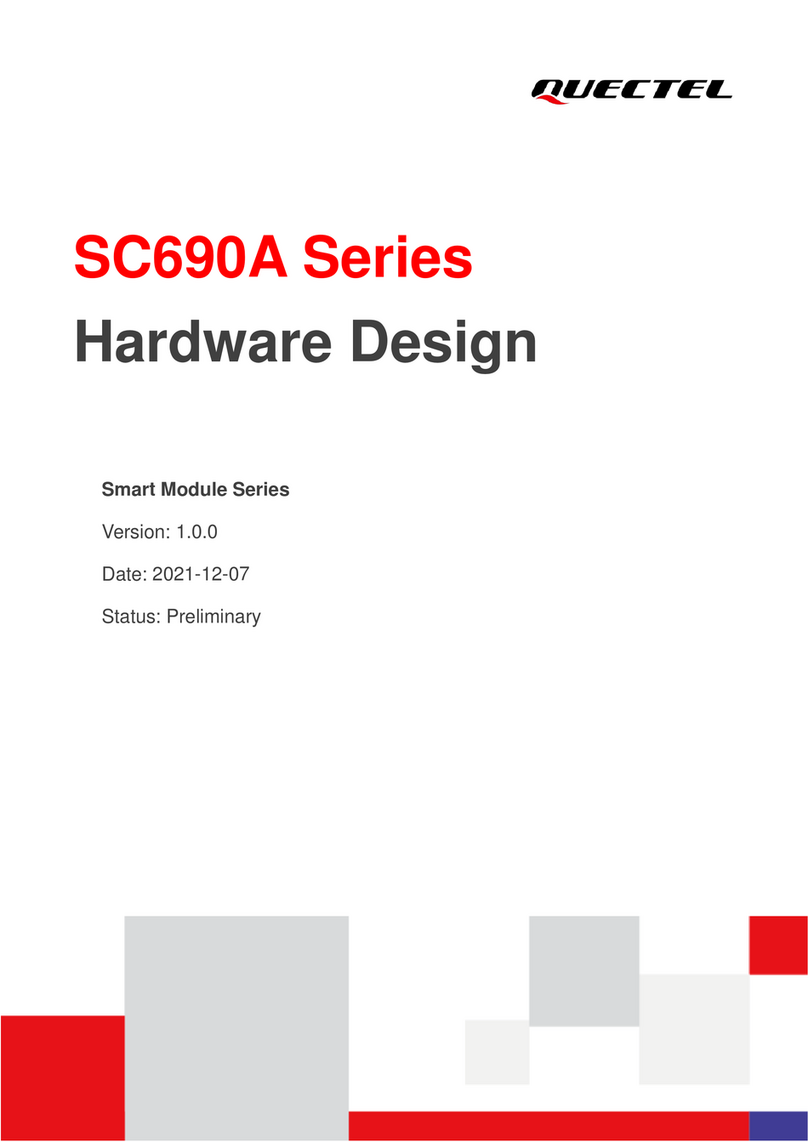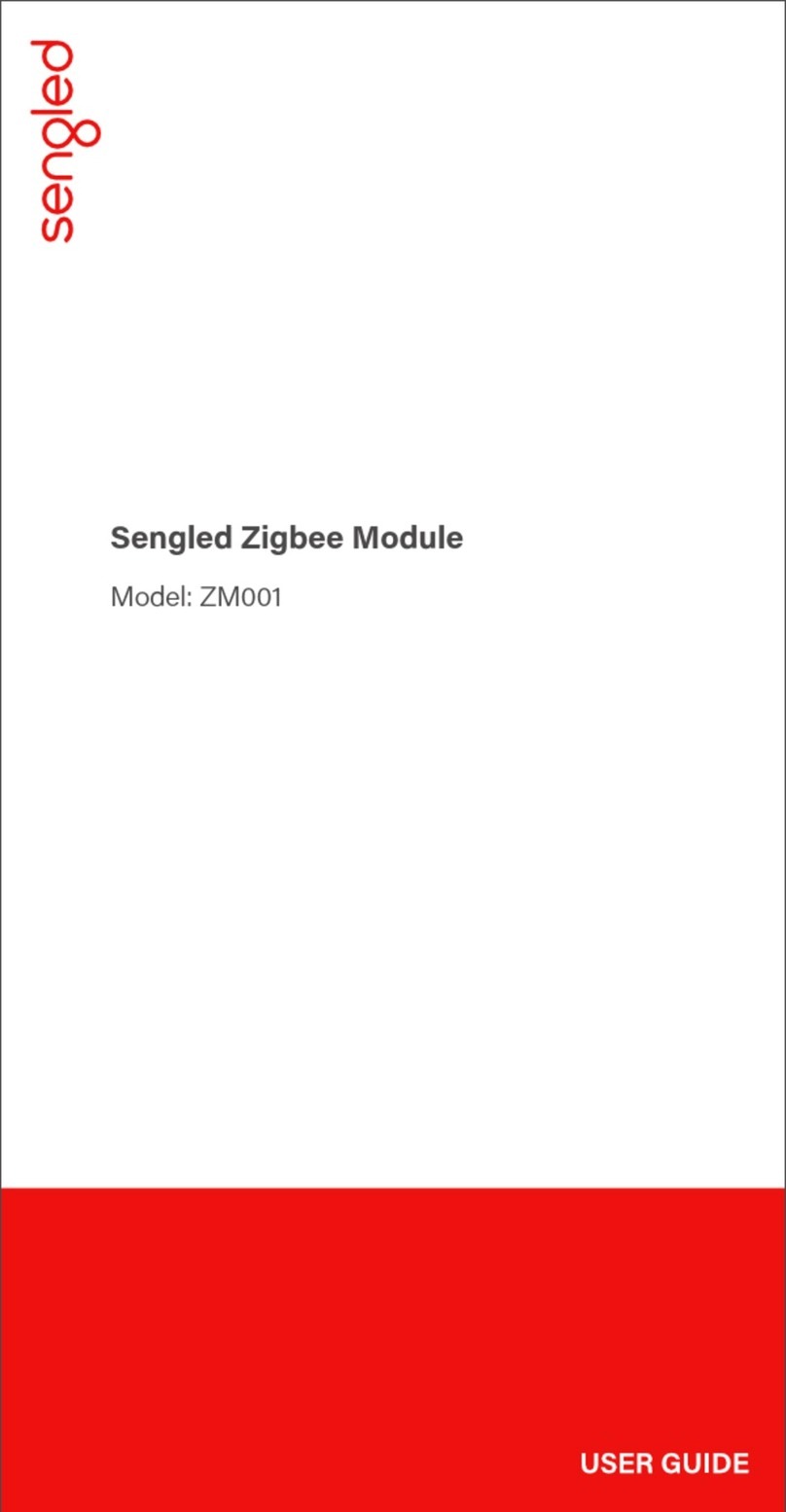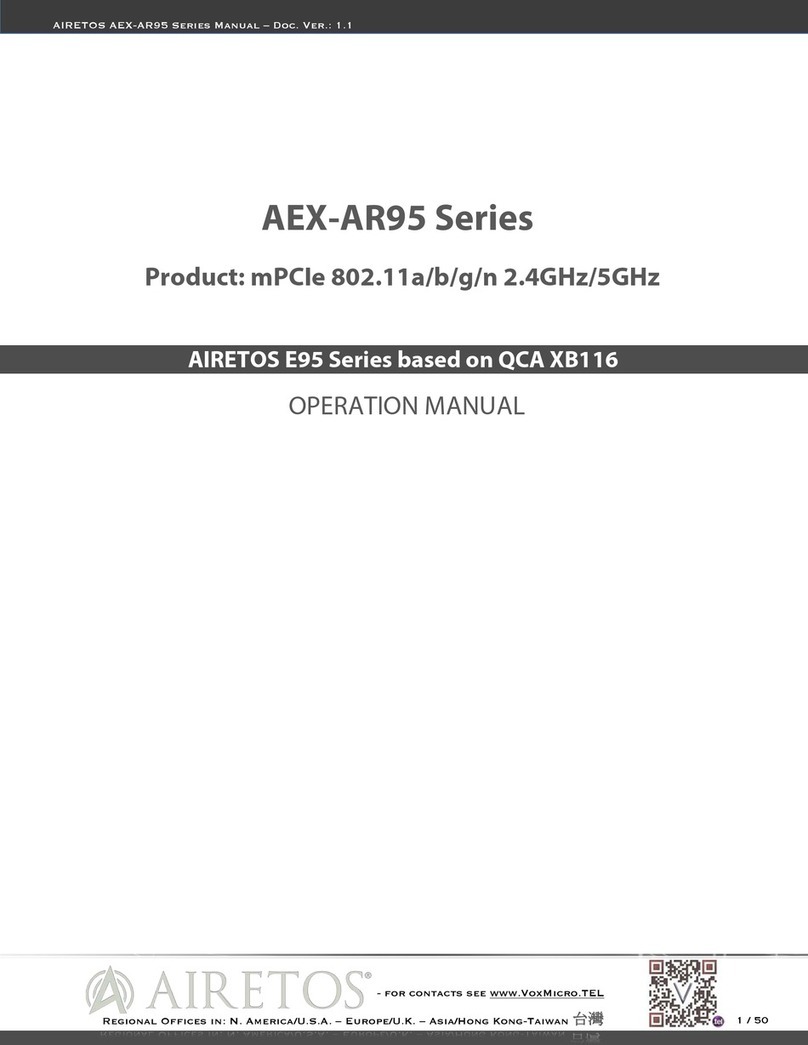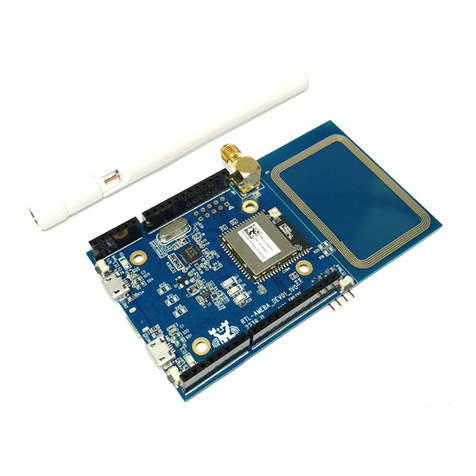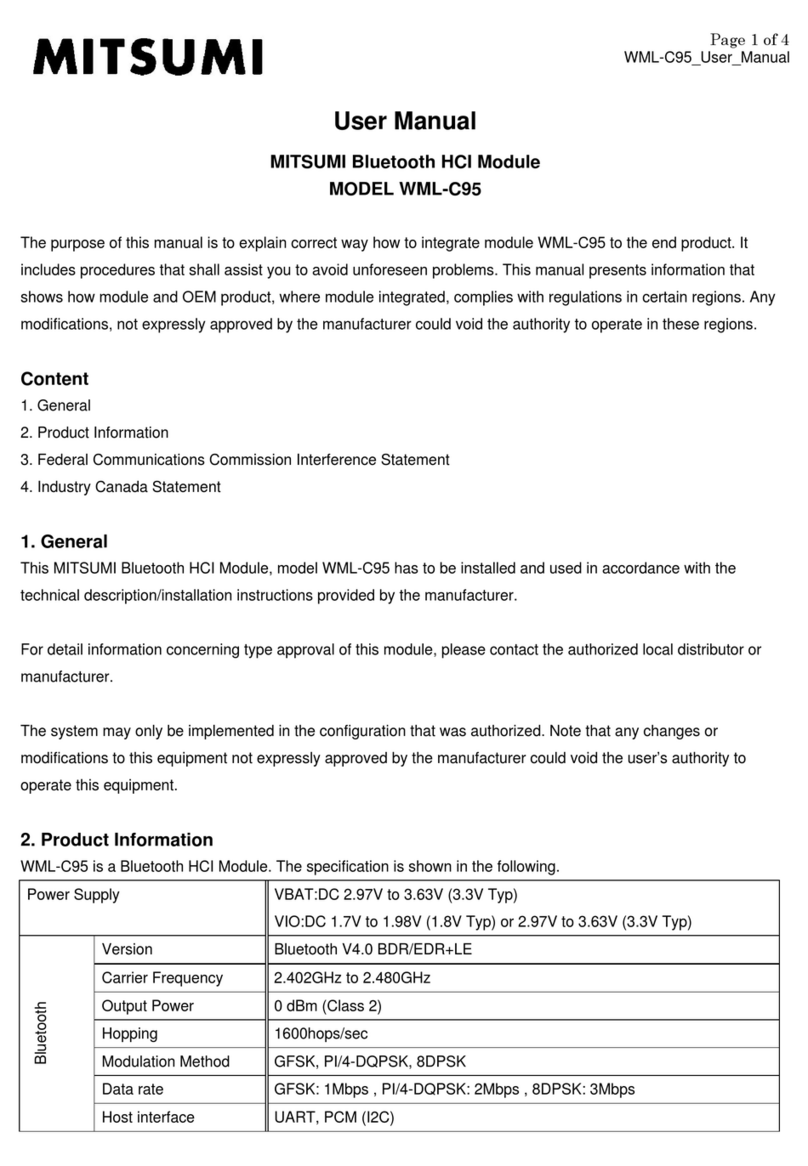
Chengdu Ebyte Electronic Technology Co., Ltd E01-2G4M20S1B User Manual
Copyright ©2012–2019,Chengdu Ebyte Electronic Technology Co., Ltd
4-5
4. Basic operation
4.1 Hardware design
It is recommended to use a DC stabilized power supply. The power supply ripple factor is as small as possible,
and the module needs to be reliably grounded.;
Please pay attention to the correct connection of the positive and negative poles of the power supply. Reverse
connection may cause permanent damage to the module;
Please check the power supply to ensure it is within the recommended voltage otherwise when it exceeds the
maximum value the module will be permanently damaged;
Please check the stability of the power supply, the voltage cannot be fluctuated frequently;
When designing the power supply circuit for the module, it is often recommended to reserve more than 30% of
the margin, so the whole machine is beneficial for long-term stable operation.;
The module should be as far away as possible from the power supply, transformers, high-frequency wiring and
other parts with large electromagnetic interference.;
High-frequency digital routing, high-frequency analog routing, and power routing must be avoided under the
module. If it is necessary to pass through the module, assume that the module is soldered to the Top Layer, and
the copper is spread on the Top Layer of the module contact part(well grounded), it must be close to the digital
part of the module and routed in the Bottom Layer;
Assuming the module is soldered or placed over the Top Layer, it is wrong to randomly route over the Bottom
Layer or other layers, which will affect the module's spurs and receiving sensitivity to varying degrees;
It is assumed that there are devices with large electromagnetic interference around the module that will greatly
affect the performance. It is recommended to keep them away from the module according to the strength of the
interference. If necessary, appropriate isolation and shielding can be done;
Assume that there are traces with large electromagnetic interference (high-frequency digital, high-frequency
analog, power traces) around the module that will greatly affect the performance of the module. It is
recommended to stay away from the module according to the strength of the interference. If necessary,
appropriate isolation and shielding can be done.
If the communication line uses a 5V level, a 1k-5.1k resistor must be connected in series (not recommended,
there is still a risk of damage);
Try to stay away from some physical layers such as TTL protocol at 2.4GHz , for example: USB3.0;
The antenna installation structure has a great impact on the performance of the module. Be sure to ensure that
the antenna is exposed, preferably vertically.When the module is installed inside the case, a high-quality
antenna extension cable can be used to extend the antenna to the outside of the case;
Do not install the antenna inside the metal case,it will greatly reduce the transmission distance;
The on-board PCB antenna should avoid conductors or other sources of interference.
4.2 Software programming
Insert the module on the user's circuit board, use the microcontroller to communicate with it through SPI or serial
port, and operate its control register and transmit / receive buffer through the SPI instruction. Please refer to the

